Fendi -- SPRING 2023 READY-TO-WEAR
- LUKE LEITCH
- Sep 29, 2022
- 3 min read
“The sunsets were purple and red and yellow and on fire, and the clouds would catch the colors everywhere.” Rickie Lee Jones’s sampled interview in The Orb’s classic Little Fluffy Clouds floated through the club-like Fendi showspace this afternoon. It was central to a piano-heavy, densely-mixed soundtrack of ’90s bangers, yet provided more than mere mood music for the collection that flowed across the runway in front of us.
Backstage Kim Jones was wearing the smaller, daywear version of his pink-ribboned Order of the British Empire against the blue of his denim trucker jacket. This collection’s shots of color, in green and blue and fiery red, were, he said, purposefully projected across a clothes-scape of the neutrals that are key to the Fendi identity in order to generate new freshness to the jolt of recognition.
Fundamentally (or Fendimentally?) recognizable was the double-F logo first drafted by Karl Lagerfeld in 2000: Its graphic geometric severity contrasted with the silhouetted botanical relief that Jones said had featured in a ’96-vintage Lagerfeld outing for the house. This featured on pieces including a laser-sliced leather vest and sheer, organza, Fendi-brown racerback dresses and tops.
Those Lagerfeld samples pointed to the referential span of a collection that evoked late ’90s and turn-of-the-millennium New York and London sports-inflected minimal modernism: something by no means specific to Fendi, and part of the wider spirit of the time. This was evinced in double-F hardware-strapped combat pants in silky technical fabric, sporty rib knits, pieces in perforated Aertex-reminiscent shearling and shrunken truckers, also in shearling. And it was given extra edge—an elevating baseline— from atop the podium of colorful patent leather F-wedge boots.
Peekaboo bags were presented with chained straps for the first time, and miniature Fendi First bags were draped by finer chains as pieces of jewelry. As Silvia Venturini Fendi said in the press notes: “Everything comes from the conversation around the double F which makes us see things in couples. Even the bags become part of a family: big and small.”
There was still another level to a collection that seemed as densely produced as My Bloody Valentine’s Loveless. Obi-belt detailing and the inverted masculine tailoring (also seen in an inverted lining skirt) were respectively nods back to the most recent Jones for Fendi Couture collection, and then fall before that. Explaining this, Jones unpacked part of the process that will allow him to produce 11 collections this year (he thinks) and probably 12 collections next year. He said: “I program it so that if you put fall and then Couture and then this in a row the brand makes sense. And then there will be another to build upon it after this.”
The customer, he said, is responding enthusiastically—so could he produce even more collections than he currently does if he put his mind to it? “We definitely could,” he said: “But I want to make sure we get a month off in the year!”
One last chord that spoke to the past identity of Fendi while representing it afresh sounded through the woven garments in stretch-backed strips of mink: dresses and zipper-backed tops. These, Jones said, were made from vintage Fendi minks that the company had bought back from customers to disassemble, renew and then reinvent. This process—of “layering different sounds on top of each other,” as The Orb described it in that soundtrack—is what gives Jones (as it did Lagerfeld before him) such metronomic fashion momentum.


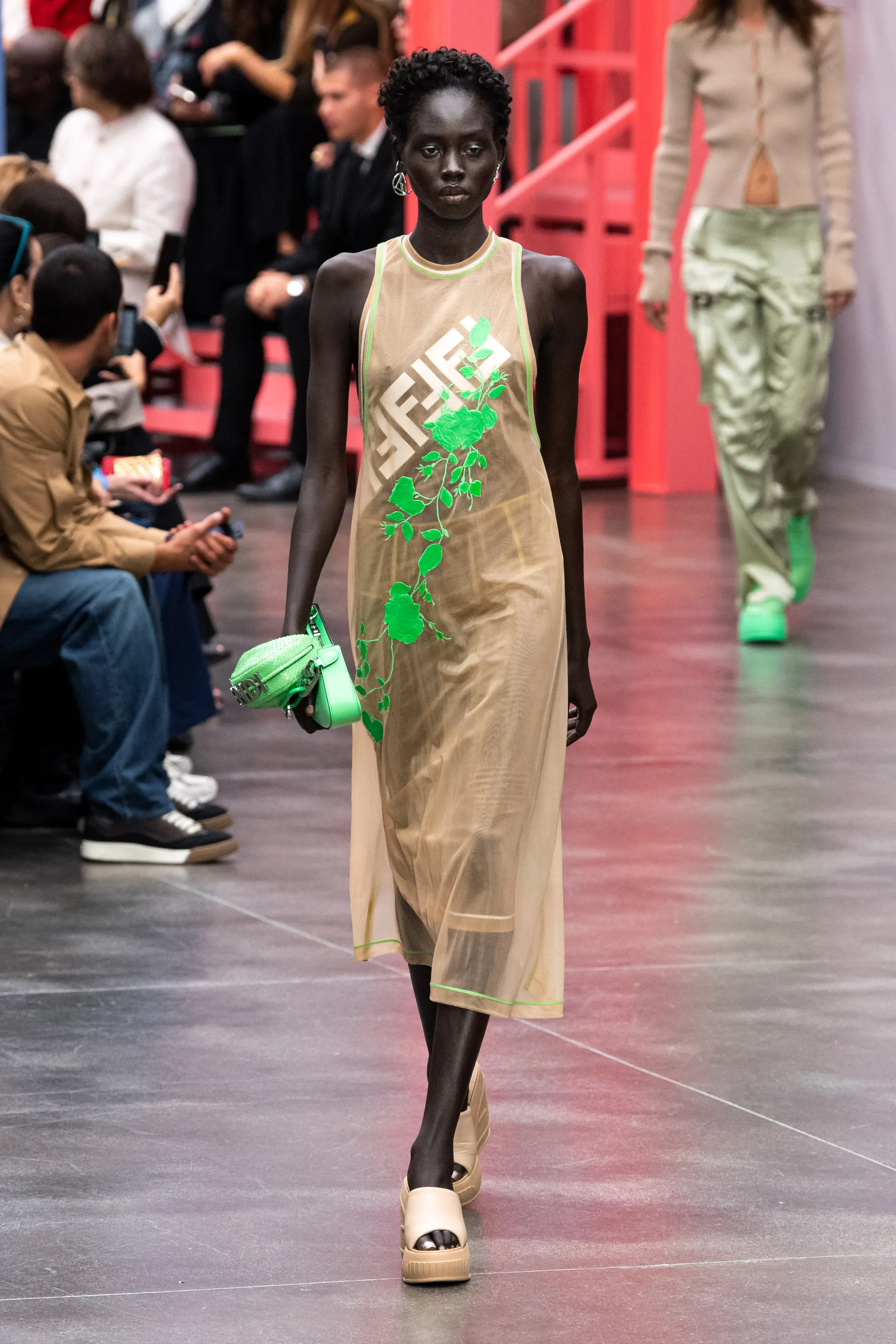





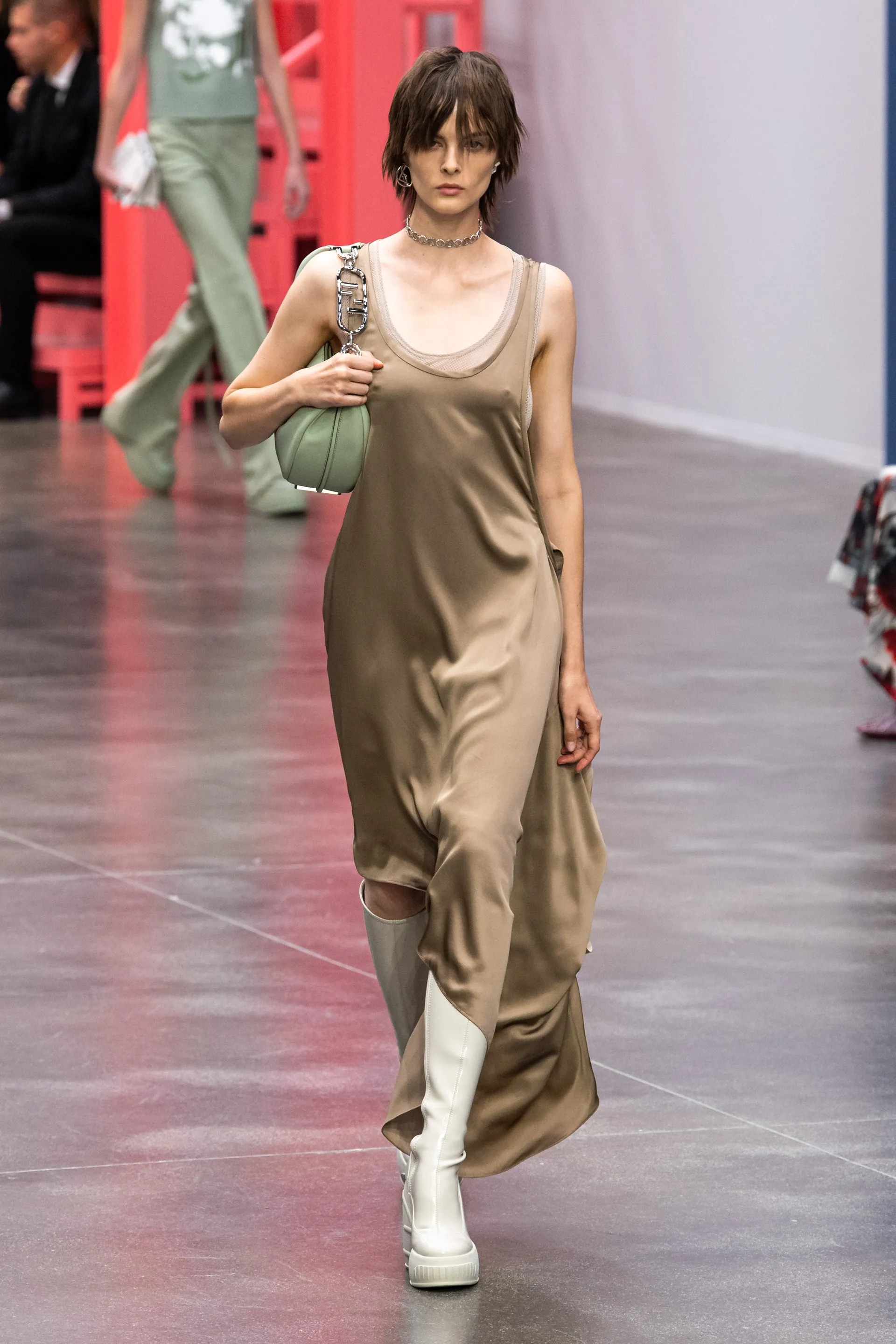




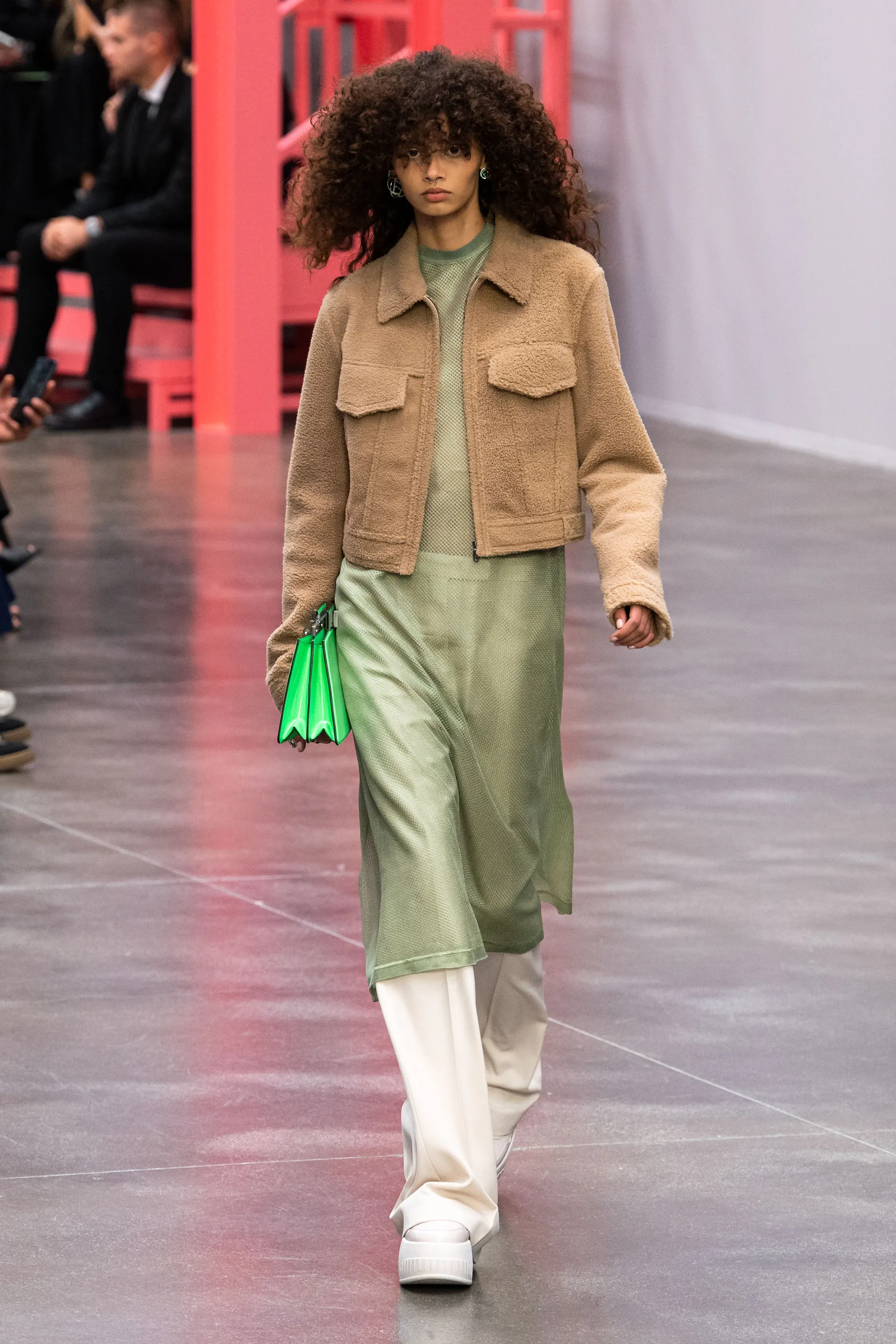












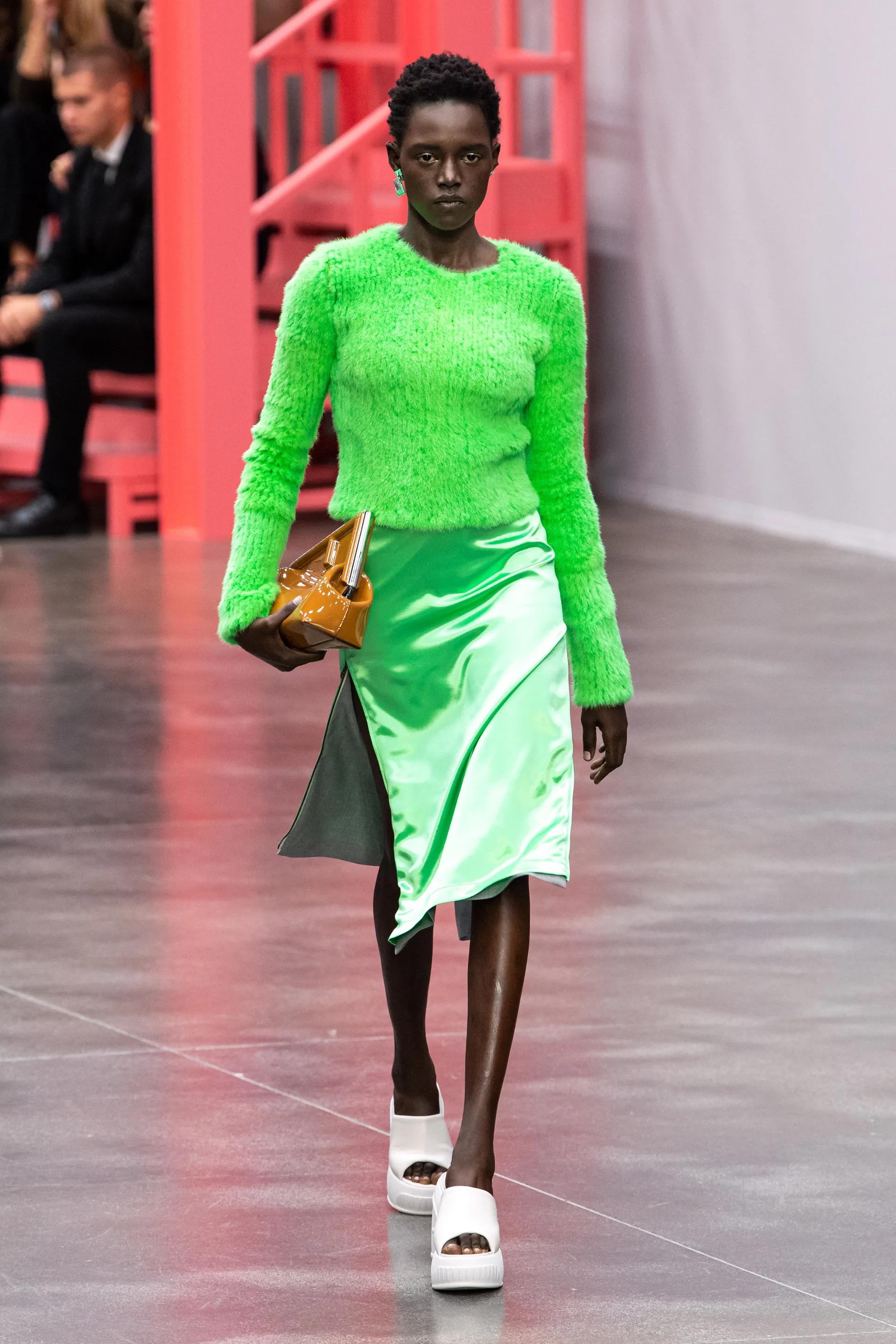
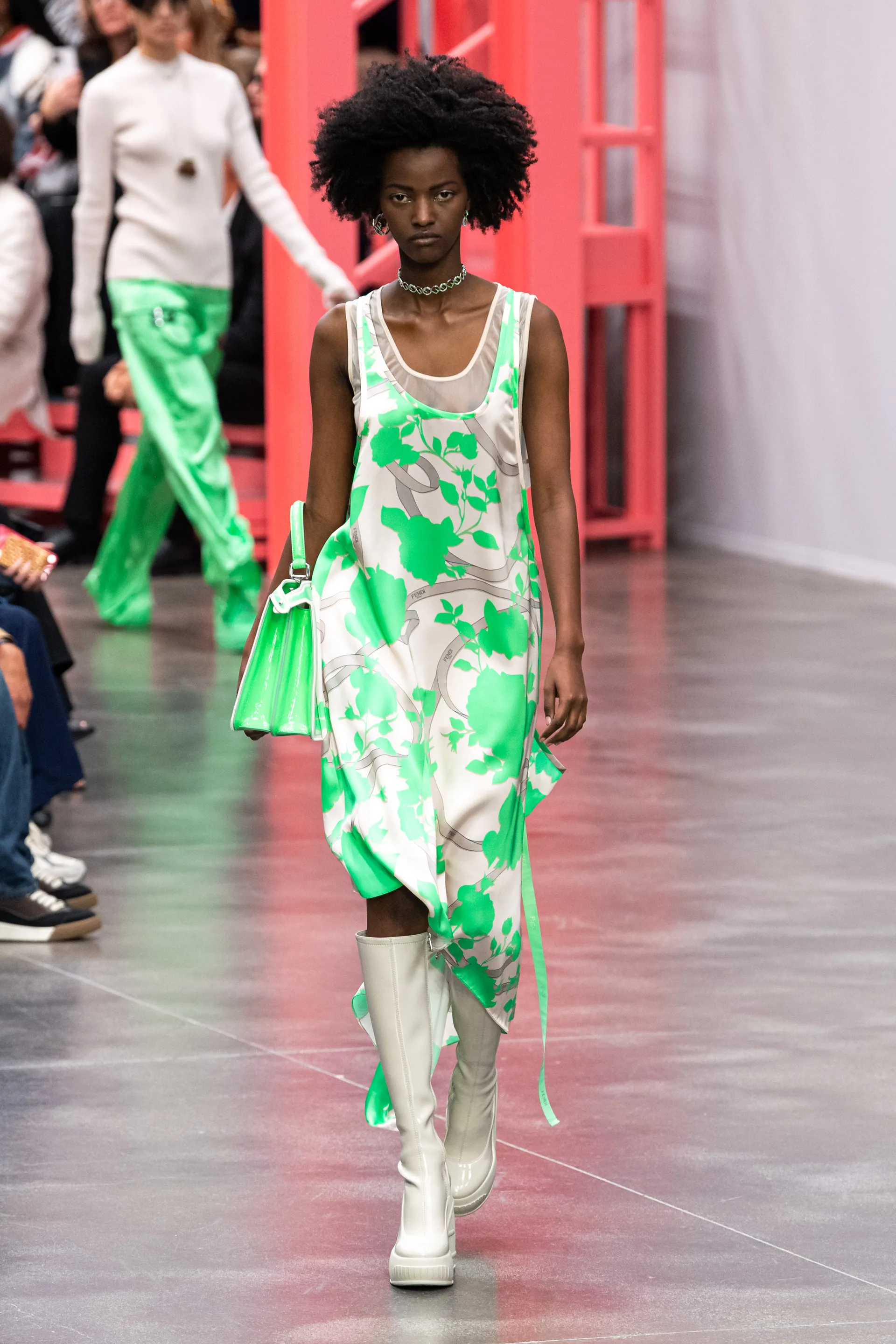
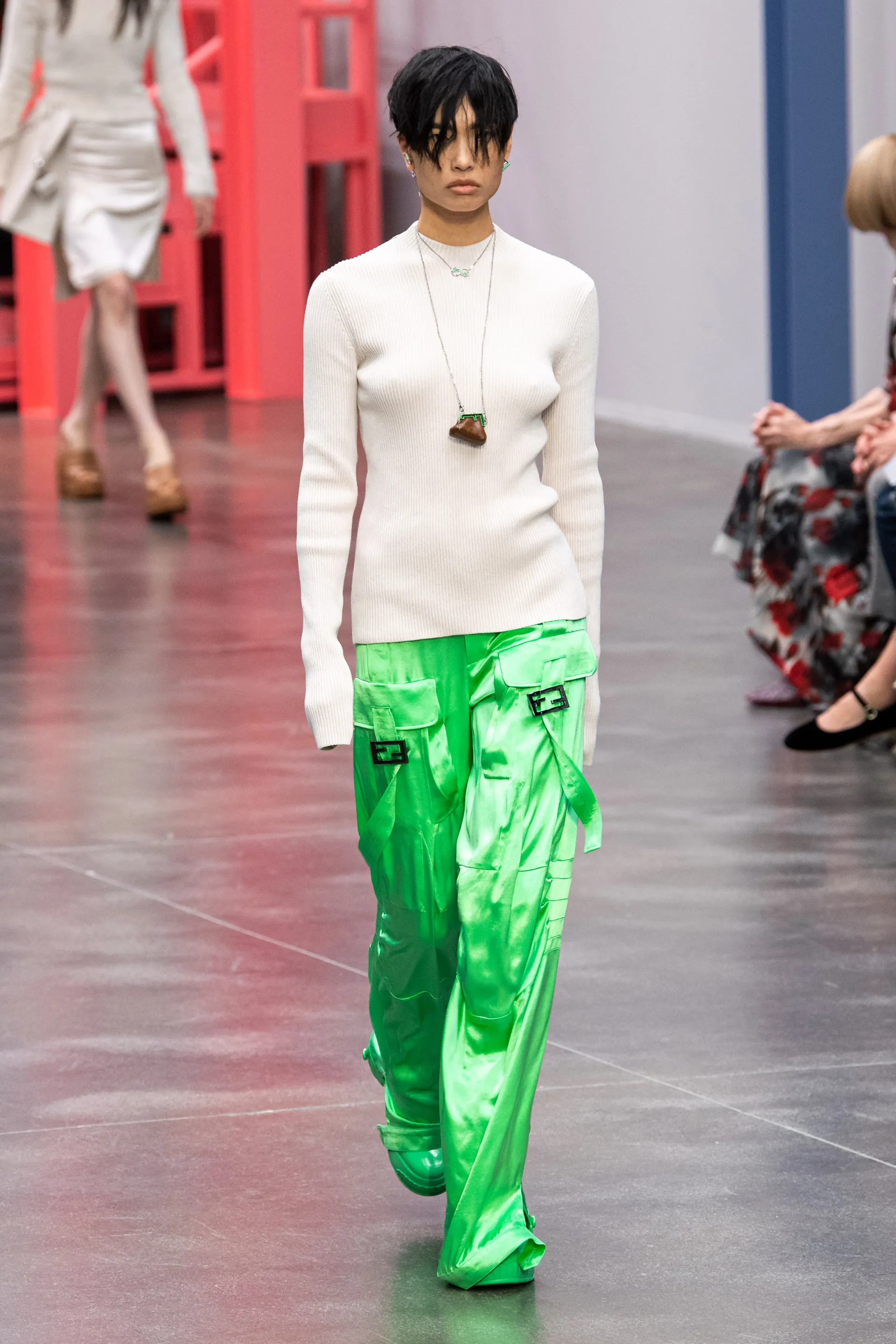














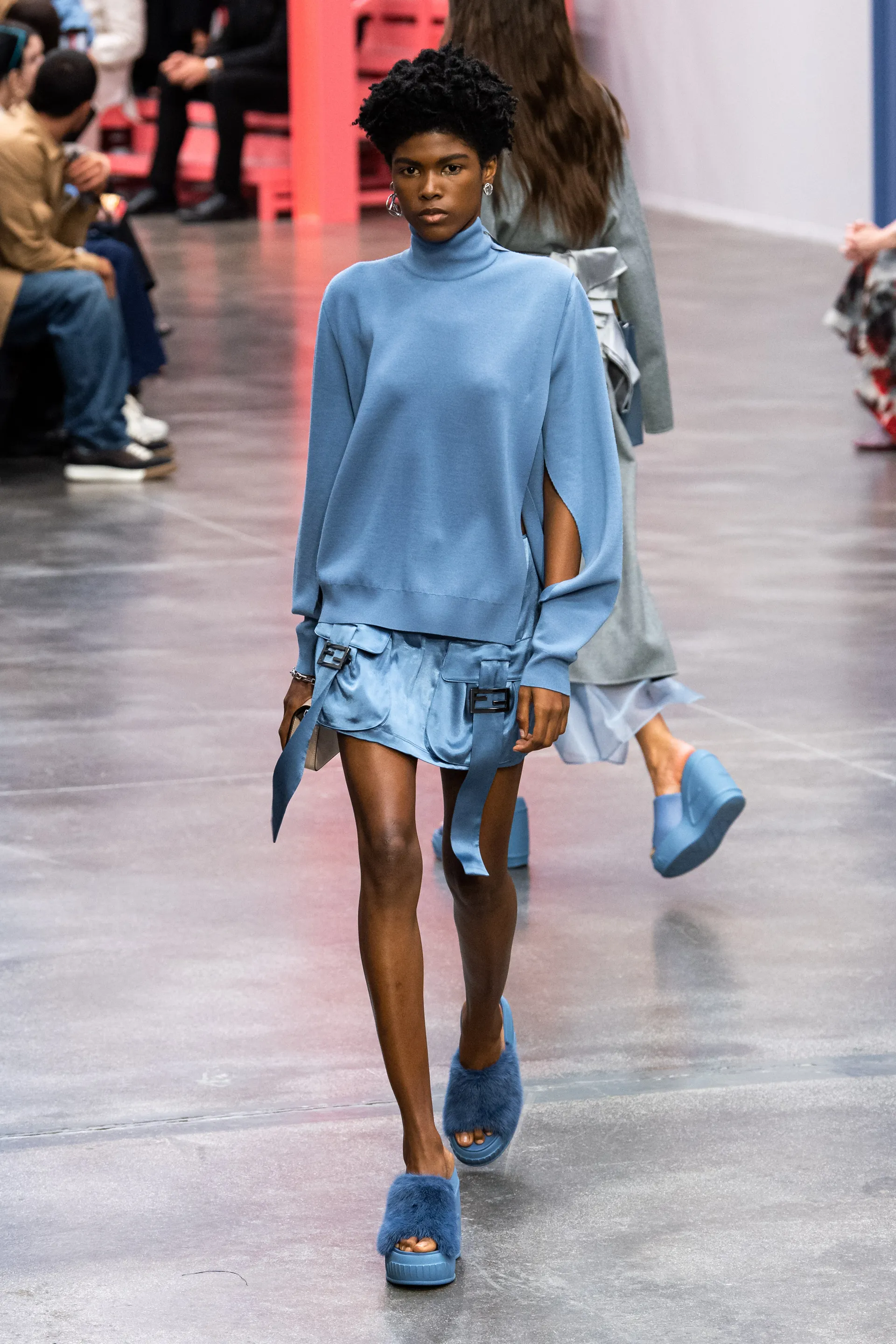



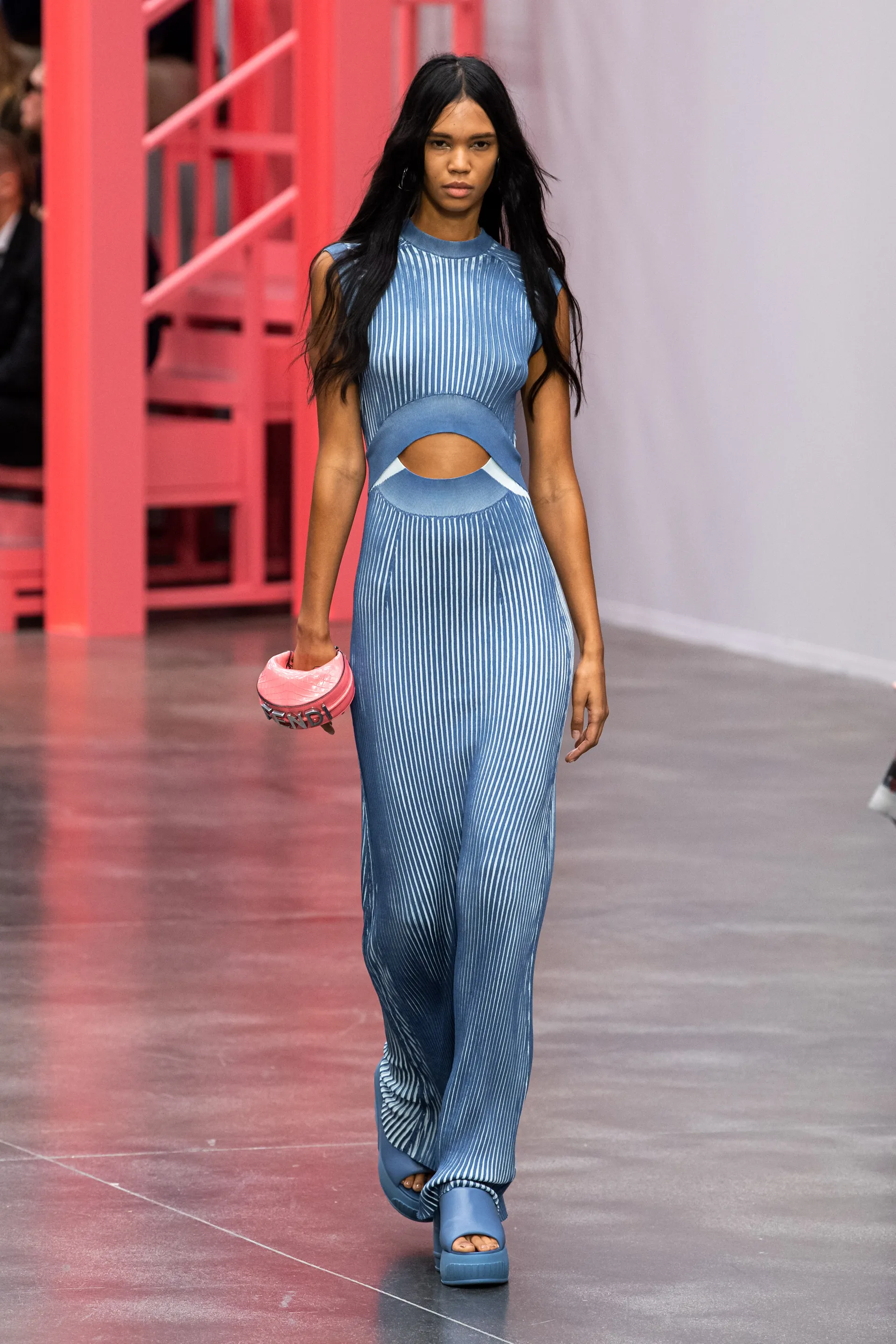




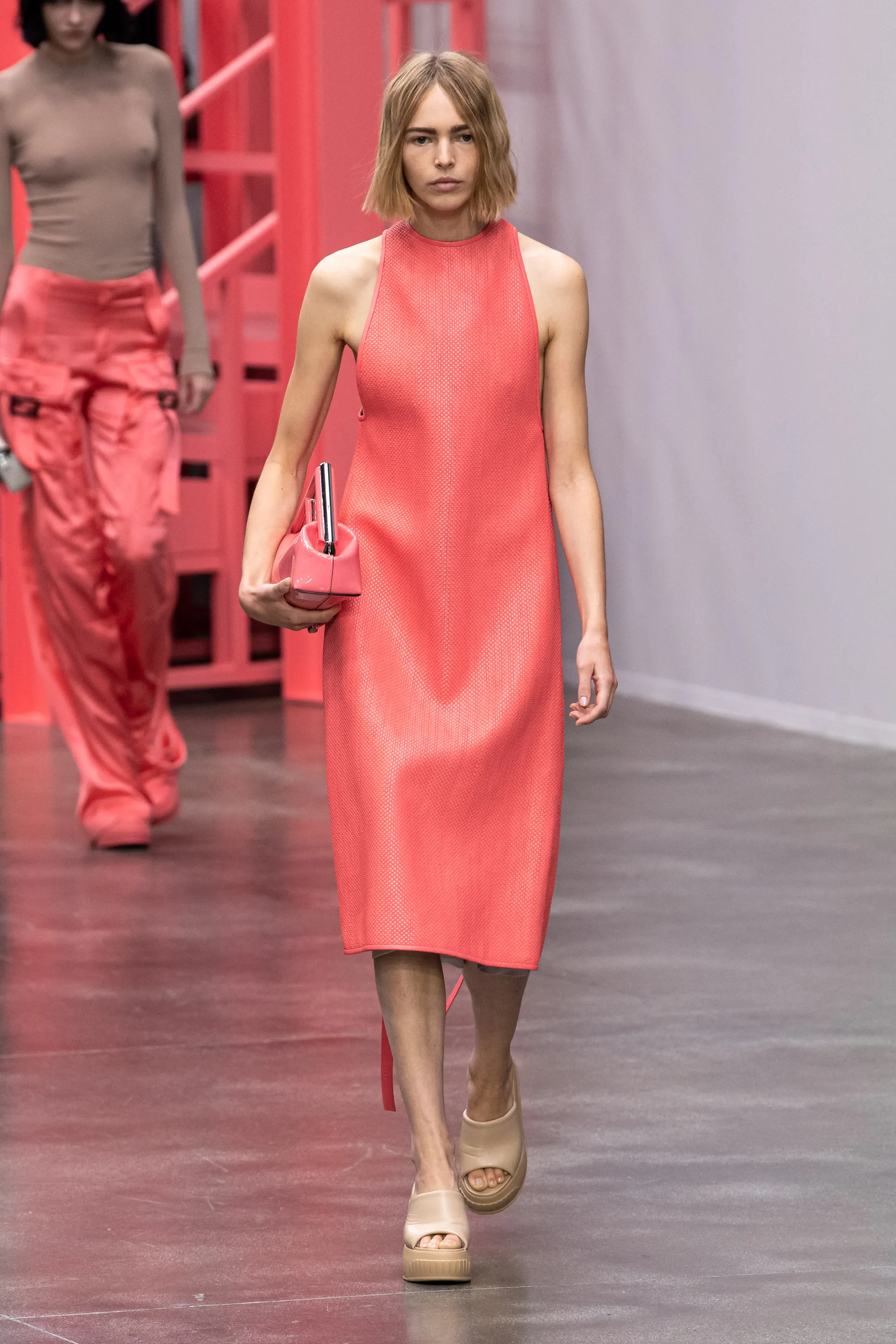



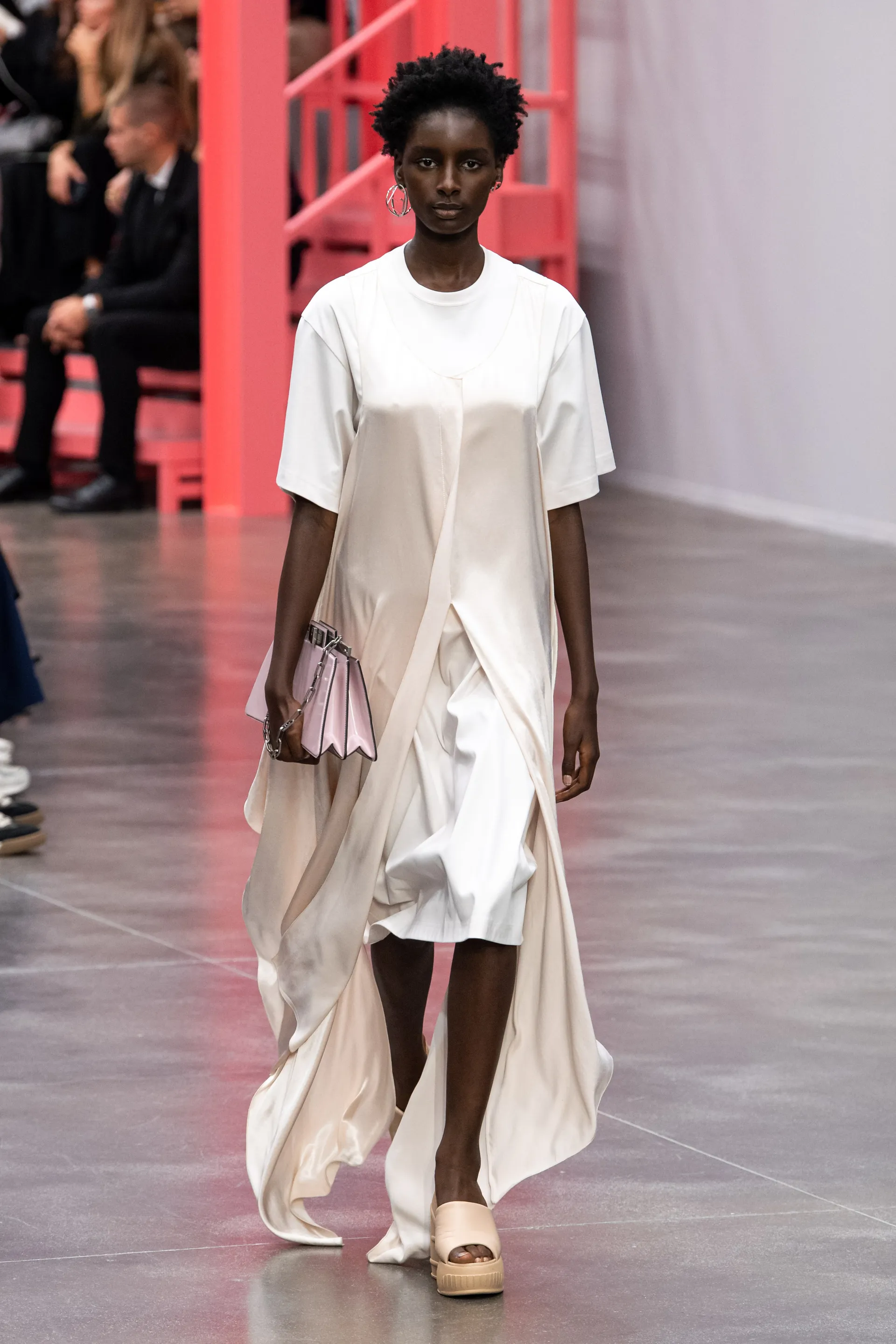






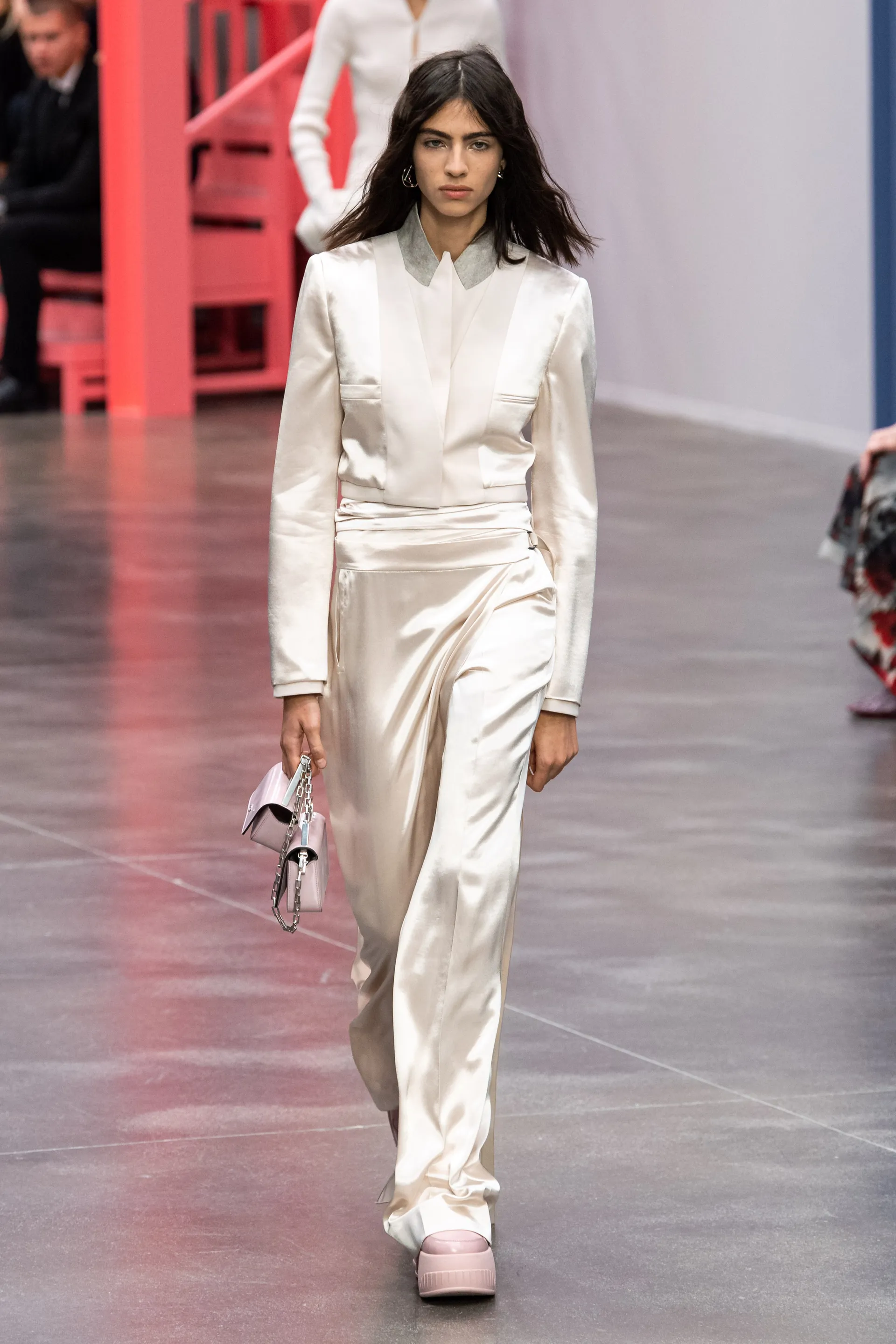

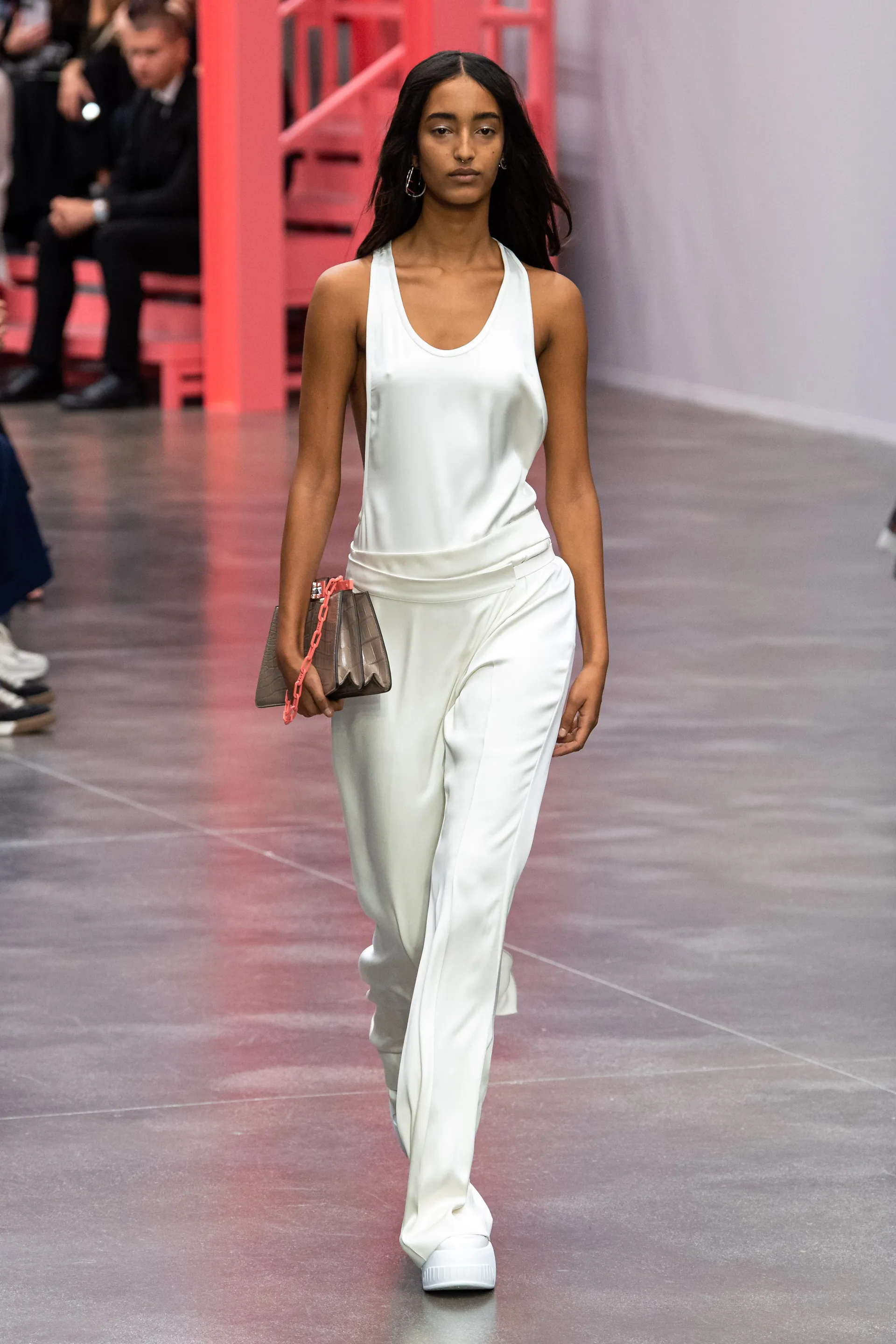

Comments